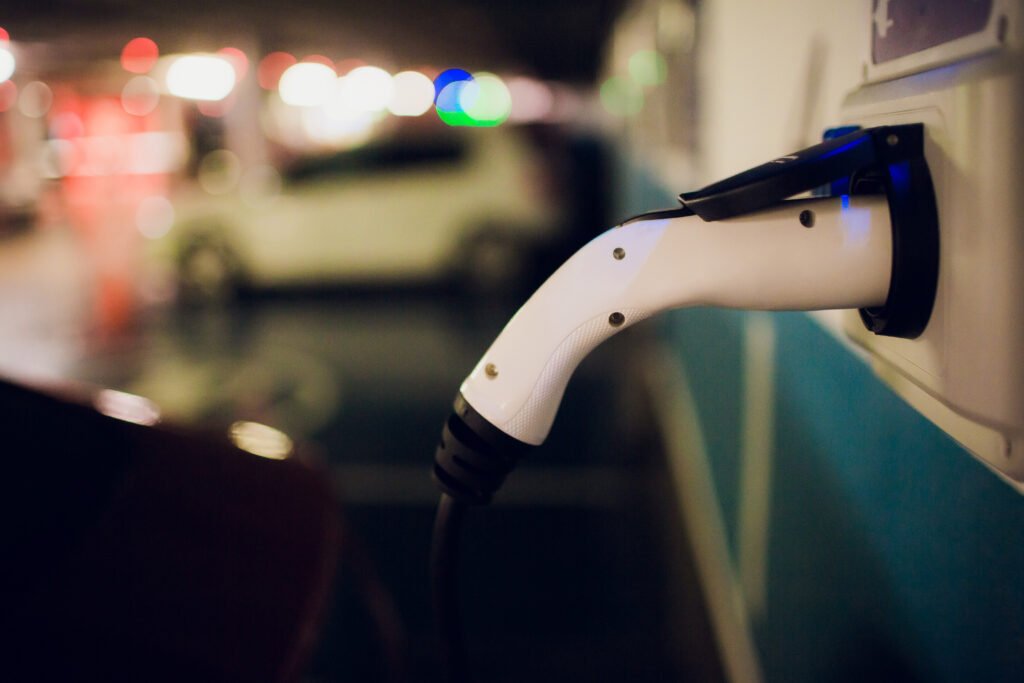Snippets
- Electric vehicles (EVs) are generally safe, but proper maintenance is essential to avoid battery fires.
- Simple practices like avoiding overcharging and inspecting your EV can significantly reduce risks.
- Understanding charging behavior and early warning signs ensures a safer driving experience.
Table of Contents
ToggleIntroduction
Electric vehicles (EVs) are revolutionizing transportation, offering clean energy alternatives and exciting technology. However, concerns about battery safety, particularly the risk of fire, often linger in people’s minds. But here’s the good news: most of these risks are preventable! Did you know that overcharging or using a substandard charger are two of the most common causes of EV battery mishaps? That’s right, simple practices can make a huge difference. This guide will walk you through understanding the risks and how to keep your EV battery safe, ensuring peace of mind for every trip.
Understanding the Risk Factors of EV Battery Fires
Electric vehicles are engineered with safety in mind, but certain conditions can elevate risks:
- Overcharging Dangers: EV batteries are sensitive to prolonged charging cycles. Overcharging can lead to overheating and, in rare cases, thermal runaway—a condition where excessive heat leads to a cascading failure of battery cells.
- Physical Damage: Everyday wear and tear, like impacts from road debris or accidents, can damage internal battery cells. Even a small dent can compromise the integrity of the battery pack.
- Poor Charging Habits: Using uncertified or low-quality chargers increases the risk of electrical surges or improper current flow, which can cause malfunctions.
Mitigating these risks begins with understanding how EV batteries function and recognizing the importance of good charging and maintenance practices.

Best Practices for Preventing EV Battery Fires
Adopting smart habits and regular maintenance can significantly minimize risks:
- Monitor Charging Sessions: A best practice is to charge your EV up to 80% for daily use and reserve 100% charging for long trips. Overcharging stresses the battery and increases wear.
- Park Responsibly: Extreme temperatures, whether hot or cold, can affect your battery. Parking in shaded areas or garages helps protect the battery from thermal stress.
- Regular Inspections: Make it a routine to visually inspect your EV for signs of physical damage, including any bulges in the battery or leakage. Pay attention to any dashboard alerts.
- Follow Manufacturer Guidelines: Every EV model comes with specific recommendations on charging, maintenance, and operational conditions. Following these guidelines helps avoid potential issues.

Stay Informed. Stay Ahead
Join a community that goes beyond the headlines. Our newsletter delivers:
🔹 Curated Industry Insights
🔹 Expert Analysis
🔹 Actionable Impact
No fluff. No generic updates. Just meaningful insights that help you lead in a fast-evolving industry.
Spotting the Warning Signs
Early detection is critical to avoiding battery fires. Here’s what to watch for:
- Unusual Heat or Smells: Batteries generating excessive heat or emitting odd odors could indicate internal issues.
- Dashboard Alerts: Modern EVs are equipped with sophisticated monitoring systems. Don’t ignore warnings or error messages related to the battery.
- Performance Changes: If your EV starts losing range rapidly or takes longer to charge than usual, it could signal an issue with the battery pack.
The Role of EV Charging Stations
Using reliable charging infrastructure is crucial for battery health:
- Stick to Certified Stations: Certified EV chargers are rigorously tested to ensure they meet safety standards. They provide consistent power and minimize electrical risks.
- Avoid Overloaded Circuits: When using public stations, make sure the station isn’t overloaded. Too many vehicles charging simultaneously can increase risks.
- Home Charging Tips: Install a professionally certified EV charger at home. Avoid using regular power outlets without professional advice, as they might not handle the electrical load safely.
Conclusion
Electric vehicles offer a glimpse into the future of transportation, combining efficiency with environmental sustainability. However, maintaining battery safety requires conscious effort and good habits. By following these simple yet effective practices, you’ll not only extend your EV’s lifespan but also ensure a safer experience for everyone on the road.
Do you have additional EV safety tips or experiences? Share them in the comments—we’d love to hear from you. Let’s work together to make EVs even safer for all!







Interesting analysis! Focusing on the experience is key – platforms like PHWin Login really seem to get that, prioritizing smooth support & user satisfaction. It’s more than just gameplay, right? Great insights!
Solid analysis – tactical setups often dictate results! Seeing more Filipino players embrace online gaming is great. Easy access via the phlwin app & convenient payment options like GCash are key – makes getting in the game seamless! 👍
Interesting analysis! Seeing more regulated platforms like phspin vip emerge is great for Philippine players. KYC & secure deposits (like GCash!) build trust – crucial for long-term growth in this market. Solid insights here!